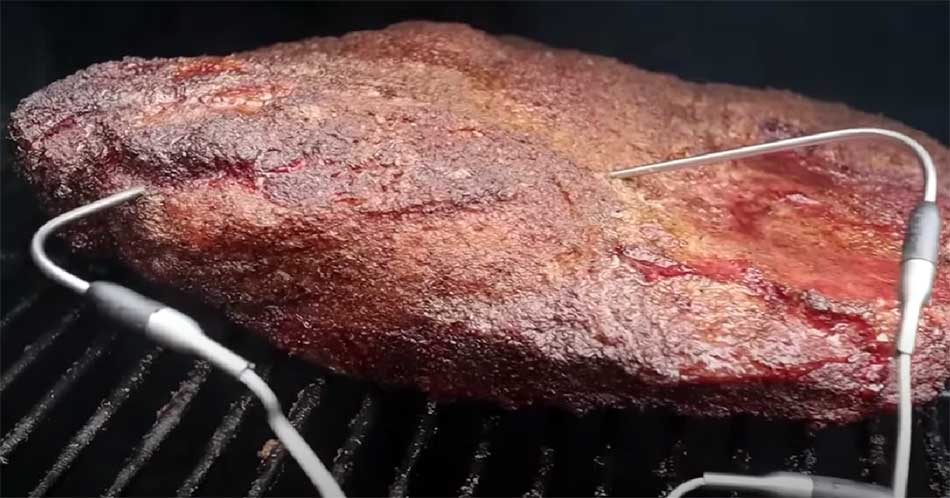Pork belly is a symphony of textures and flavors: melt-in-your-mouth meat, a luscious fat layer, and the crown jewel – crackling, crispy skin. While traditionally achieved through slow roasting or searing, the air fryer presents a modern maestro, conducting heat for the perfect rendition of this culinary masterpiece.
In this article, we’ll guide you through the steps to achieve pork belly perfection in your air fryer.
The Symphony Begins: Preparing Your Score
- Choose Your Cut: Opt for a skin-on pork belly with even marbling for optimal results. Ask your butcher to score the skin evenly (shallow cuts about 1/4 inch apart) for maximum crackle.
- Pat and Season: Thoroughly dry the pork belly with paper towels. This is crucial for achieving crispy skin. In a small bowl, combine the olive oil, salt, black pepper, garlic powder, paprika, and Chinese five-spice powder if using. Mix well to create a flavorful rub. Massage this mixture evenly over the pork belly, ensuring every nook and cranny is coated.

Setting the Stage: Air Fryer Preparation
- Preheat: Most air fryers function best when preheated. Consult your manual for the recommended temperature, typically around 400°F (200°C).
- Line the Basket (Optional): For easier cleanup, consider lining the air fryer basket with parchment paper.
Conducting the Heat: Cooking Techniques
Method 1: The Low and Slow Crackle
- Initial Render: Place the pork belly skin-side down in the preheated air fryer. Cook for 20-25 minutes at a lower temperature (around 300°F/150°C). This gently renders the fat, ensuring a tender interior.
- Crispy Transformation: Flip the pork belly skin-side up and increase the temperature to 400°F (200°C). Cook for an additional 20-25 minutes, monitoring closely for desired crispiness. The skin should puff and crackle beautifully.
Method 2: The Salt Crust Symphony
- Salty Transformation: Generously coat the skin with a thick layer of coarse salt. This draws out moisture and promotes crackling.
- Air Fry Magic: Place the pork belly skin-side up in the preheated air fryer and cook at 400°F (200°C) for 30-40 minutes. The salt crust will harden and transform into a beautiful, edible shell.
- Crackling Finale: Carefully remove the salt crust (it can be quite hot!), then brush the skin with oil and cook for an additional 5-10 minutes for extra crispness.

The Grand Finale: Resting and Slicing
- Rest Before Serving: Transfer the cooked pork belly to a cutting board and let it rest for 10-15 minutes. This allows the juices to redistribute, resulting in a more flavorful and tender experience.
- Slice and Savor: Slice the pork belly against the grain into thin pieces and prepare to be mesmerized by the symphony of textures and flavors!
Bonus Tips:
- Don’t overcrowd the air fryer basket. Cook in batches if necessary to ensure even airflow and crispy results.
- Use a meat thermometer to check the internal temperature. For perfectly cooked pork belly, aim for 145°F (63°C).
- Get creative with glazes and sauces! Brush the skin with honey for a sweet glaze or your favorite BBQ sauce for a savory twist.
With these techniques and a dash of culinary passion, you’ll be air frying pork belly like a pro, impressing your family and friends with every crackling bite. So, preheat your air fryer, unleash your inner maestro, and let the pork belly symphony begin!



